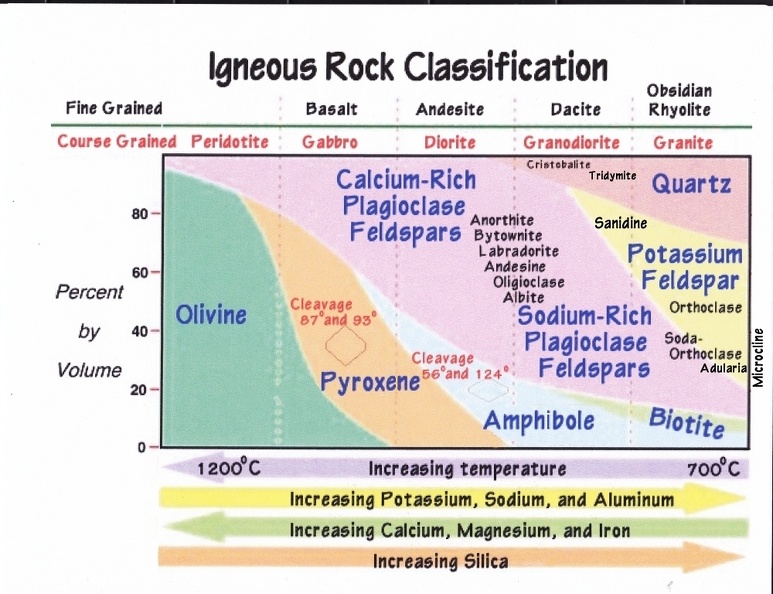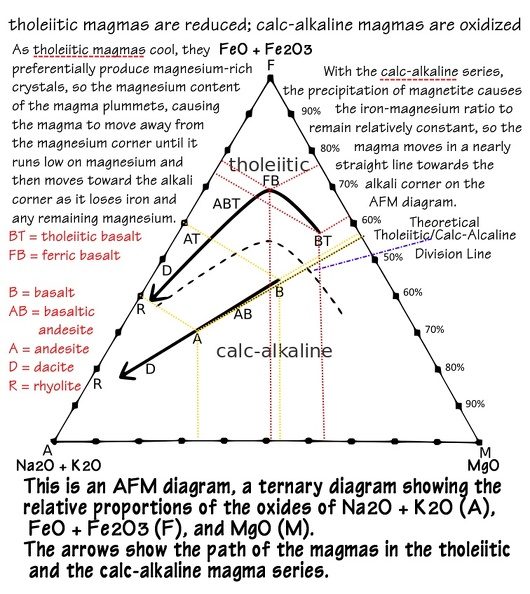|
|
Post by 1dave on May 29, 2019 21:56:04 GMT -5
What is Mud? The abundance of elements changes drastically from place to place in the solar system and in the universe. INTERSTELLAR SPACE is mostly hydrogen and a little helium, perhaps some lithium here and there - until you get near an ancient supernova. STARS and the areas around them differ mainly by star size and where they are on their life scale. Here in Solar Interplanetary Space abundances vary wildly from one comet stream to another. Sol's elements are unique.The elements in the oceans are also unique.Some time ago I prepared this chart showing the abundance differences in the earths crust and mantle.  because of weathering, just 16 elements from the above chart make up 99.9% of all mud. Lets take a closer look at where they come from in the Periodic Table.
1, 2, and 3 are light, so we expect them to be on the surface, but 4 (26 iron)?
Look at that curious cluster containing the salts - Elements # 11,12, 19, 20 - ARE 6, 8, 7, and 5! What is heavyweight 56 Barium doing at # 14 while lightweight Carbon is #15 ?
It is all very curious when you think about it.
Mud varies from area to area. There is a lot of clay where feldspars have deteriorated.
Mud from some areas is very corrosive you will discover if you leave your metal tools laying out.
The mud in some parts of Nevada was nearly 100% Silver Chloride and its miners called themselves "Chloriders."
MUD? There is more to it than readily reaches the eye.
|
|
|
|
Post by 1dave on May 30, 2019 11:39:06 GMT -5
|
|
|
|
MUD
May 30, 2019 11:42:18 GMT -5
1dave likes this
Post by mohs on May 30, 2019 11:42:18 GMT -5
Here to mud in your eye  Is the origin of that famous saying biblical? That what a quick search informed me Haven’t read the whole article yet I need a scryer to see through the mud... keep on !  |
|
|
|
Post by 1dave on May 30, 2019 11:52:52 GMT -5
Here to mud in your eye  Is the origin of that famous saying biblical? That what a quick search informed me Haven’t read the whole article yet I need a scryer to see through the mud... keep on !  The Nevada miners had left the California Gold Fields seeking GOLD in Nevada, but that Damned clay glomed up everything. It stuck inches thick to their boots, shovels, almost impossible to get out of their wheelbarrows - made their lives a total misery. Those beds were up to 20 feet thick and sat on top of 385 million year old limestone and dolomite. The idea that they weathered out of nearby granite is ridiculous. |
|
|
|
MUD
May 30, 2019 11:57:23 GMT -5
1dave likes this
Post by mohs on May 30, 2019 11:57:23 GMT -5
Yep I tried a career in construction
Started out wheel barreling mud
I dumped the load before its destination
The foreman was not happy !
|
|
|
|
Post by 1dave on May 31, 2019 0:45:34 GMT -5
Horace Heidt introduces Johnny Standley doing his Hit single, "It's in the Book!" This #1 Hit was the first million selling comedy record. Andrew Alden stated: Weathered out of Volcanic Rocks? somewhere between basalt and granite.  Basalt is mostly calcium rich feldspar, some amphibole, some pyroxine, and olivine. Lots of Iron and magnesium.  Granite is perhaps a little more complected.  Now think. 385 million years ago, western Nevada was ocean bottom. Eastern Nevada was underwater continental shelf. IF there were eroding volcanic rocks, their remnants would be quartz sand; aluminum and clay from feldspar; Calcium, sodium, potassium, and magnesium salts from feldspar . . . But there wasn't any of that. Just huge beds of silver chloride. |
|